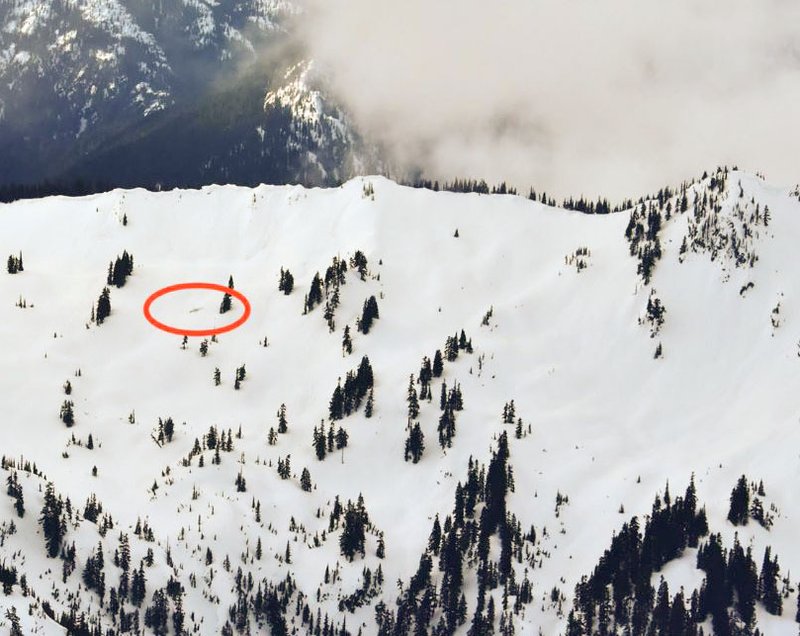Cospas-Sarsat System Overview
Click image to zoom
Graphic courtesy of Cospas-Sarsat
This diagram shows the sequence of events from the time a 406 beacon is activated (1) anywhere in the world, to the launch of Search and Rescue (6) assets to the location of the distress.
How it all works together
Search and Rescue (SAR) instruments are flown on board Low Earth Polar Orbiting (LEO), Medium Earth Orbiting (MEO) and Geostationary Earth Orbiting (GEO) satellites provided by the United States, Russian Federation, India, and the European Organization for the Exploitation of Meteorological Satellites (EUMETSAT). These satellites can detect signals coming from the Earth’s surface transmitted by 406 emergency distress beacons. These beacons operate on a 406MHz frequency and are battery powered radio transmitters designed solely to send a distress signal if activated. Once a beacon is activated it begins to transmit a continuous radio signal which is first picked up by the satellite instrumentation, then used by search and rescue to locate the emergency and render assistance.


Photos courtesy of NOAA
A Search and Rescue team locates a private plane crash high in the mountains thanks to the aircraft’s ELT that activated on impact.
There are three types of 406MHz beacons, each with unique properties depending on the type of environment it is designed for: Emergency Locator Transmitters (ELTs) used by the aviation community, Emergency Position Indicating Radio Beacons (EPIRBs) used in the maritime environment, and Personal Locator Beacons (PLBs) used by individuals in multiple wilderness activities.
When activated, ELTs, EPIRBs, and PLBs transmit the distress signal on the 406 MHz frequency. This signal frequency has been designated internationally for use only for distress. Imbedded in this frequency is a unique digital code called a HEX ID. The HEX ID identifies the type of beacon and, if the beacon is registered, important information that helps search and rescue (SAR) specialists determine the best course of action.

Photo courtesy U.S. Coast Guard
In addition to assigning a SAR unit to respond, RCCs can put a call out to local ships and boats in the area to go to the assistance of the vessel in grave and imminent danger. EPIRB Registration helps as the RCC provide a description of the vessel and especially the number of persons on board – very important in case the boat sinks before help arrives.
This information can include: who the beacon owner is, the type of aircraft or vessel the beacon is associated with (for ELTs and EPIRBs), emergency points of contact, flight plans, float plans and wilderness trip plans, and much more. After the satellite receives a beacon signal, it relays the signal to ground stations referred to as local user terminals (LUTs). The LUT processes the data, computes the location of the distress beacon, and transmits a decoded alert message to its associated national Mission Control Center (MCC). This happens almost instantaneously after the initial beacon signal is received.
The MCC then automatically performs matching and merging of alert messages with other received messages, geographically sorts the data, and transmits a distress message to the closest appropriate SAR authority such as a national Rescue Coordination Center (RCC), a foreign SAR Point of Contact (SPOC) and another MCC if the beacon is for example registered to another country. The RCC investigates the beacon alert and launches rescue assets to find the parties in distress if the distress is deemed authentic. This can happen much quicker when the beacon is properly registered.

Photo courtesy of Cospas-Sarsat
PLB registration has grown exponentially in recent years as PLBs became recommended ‘must-have’ safety gear for wilderness adventure sports.
In the case of the United States, the U.S. Mission Control Center (USMCC) receives distress signal data from its LUTs as well as other MCCs that have picked up the signal. It then transmits the distress message information to the closest U.S. national SAR services, such as the U.S. Air Force or U.S. Coast Guard RCCs, depending on the type of distress and its location.
The USMCC also transmits distress messages internationally to SPOCs located in other countries that might have assets in closer proximity to the distress, even though the distress situation is technically taking place within the USMCC service area.

